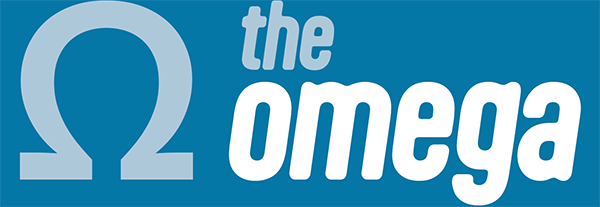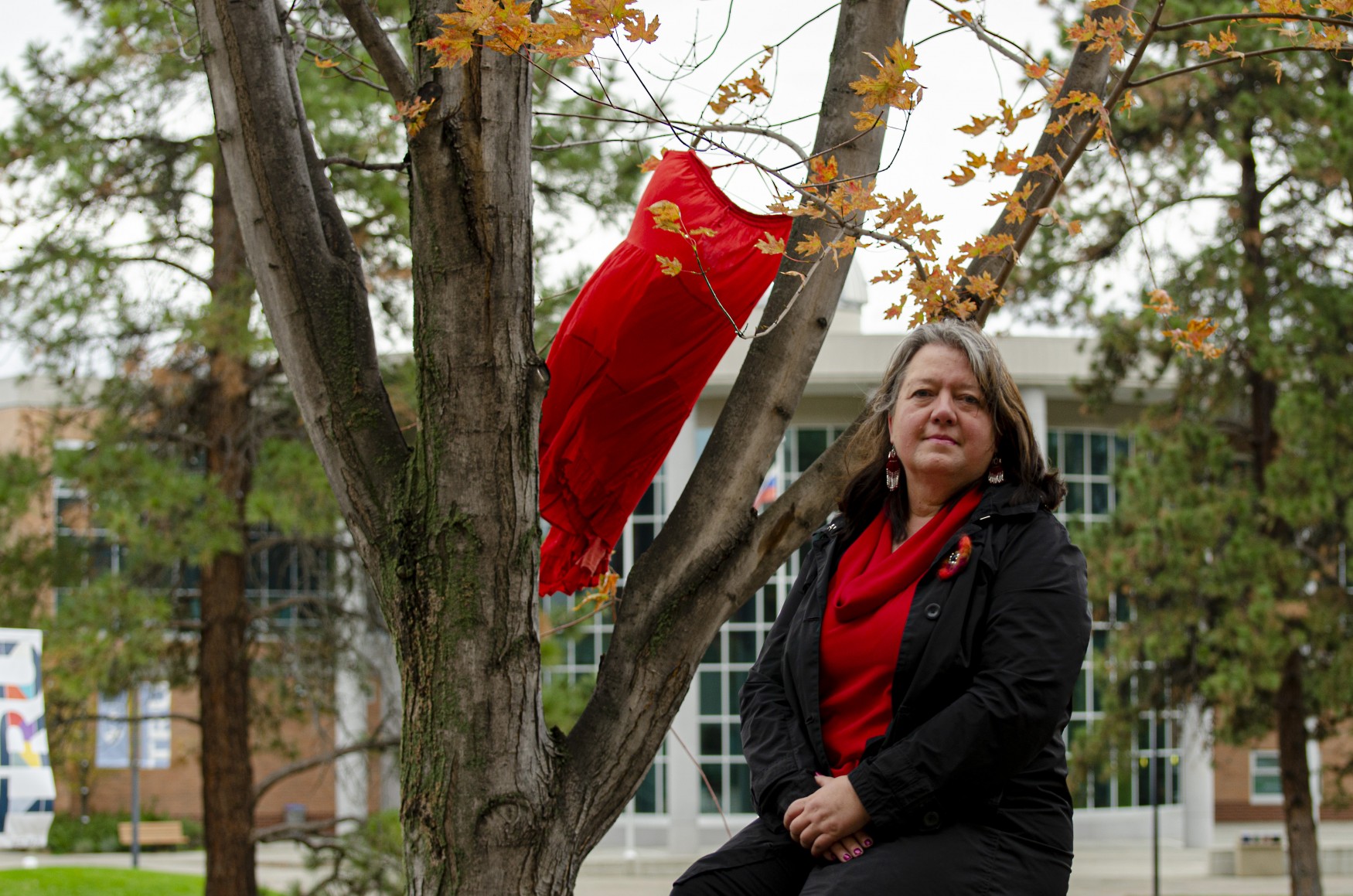In honour of the National Day for Action on the issues of Missing and Murdered Indigenous Women and Girls (MMIWG) in Canada happening Oct. 4, the TRU Faculty Association’s Decolonization, Reconciliation and Indigenization Committee (DRISC) has collaborated with two artists to create a 13-month calendar from September 2023 to September 2024.
It will run from Oct. 4 to Oct. 6. People are welcome to come and view the original artwork, buy a calendar, and listen to different people talk about what the National Day of Action means for the community. On the first day of the art show, organizers have arranged for a talking circle to take place in the Actor’s Workshop Theatre next to the gallery in Old Main, where people will share their own experiences.
The calendars and original artwork will be for sale during the three-day show. All proceeds will go towards the support of MMIWG initiatives at TRU.
The TRU Art Gallery will be filled with the original artwork created by Colleen Seymour of Tk’emlúps te Secwépemc and TRU Master of Education graduate Charlene Barnes who alongside DRISC collaborated in creating a piece that represents the perspective of both Indigenous and non-Indigenous people.
Mukwa Musayett (Shelly Johnson), Associate Professor in the Faculty of Education and Social Work and chair of the DRISC committee is part of the team that made this calendar a reality. Each month showcases an alternate piece of art from the two creators. While their style is different they both come from a place of empathy and compassion.
Musayett was stricken by how Charlene Barnes became involved in the project.
“She told me ‘maybe there’s not a lot that I can do but have a paintbrush and I can make some statements and it might mean something different to me than it does to other people’”Musayett said.
Barnes told Musayett she purposely didn’t give the red dresses a face,hands or other identifiable features, because she didn’t want to speak on behalf of the families that have lost people to violence.
In contrast to the style employed by Barnes, Seymour chose something a bit different, word art. “[Seymour] wanted to find ways to include Two-Spirit people and men and women that have both gone missing and the impact on their families. She wanted to make space for, you know, Métis people and their issues with their missing and murdered women.” Musayett said.
Musayett hopes that by reflecting on the artwork and the calendar people will be able to have a better understanding of what their role is in this day of action.
“What brings the calendar together is that every month has got two calls to justice for governments, for all Canadians, for First Nations, Métis and Inuit people, for educators as well,” Musayett said.
This event will showcase how the Faculty Association can work with artists to create something meaningful that will give people pause to think. As Musayett concluded, It’s also an insight into what they could be doing with their curriculum with their students or in their communities to address the issue of murdered and missing indigenous women and girls in this country.

